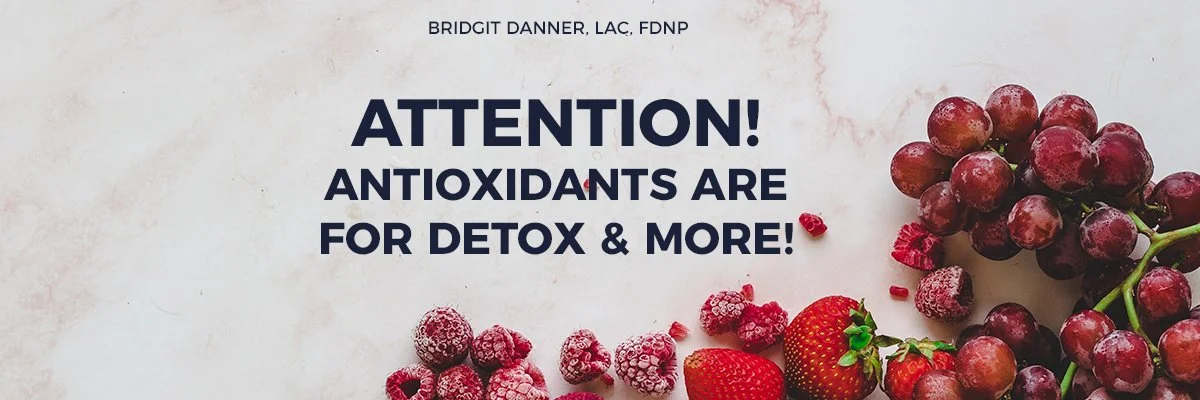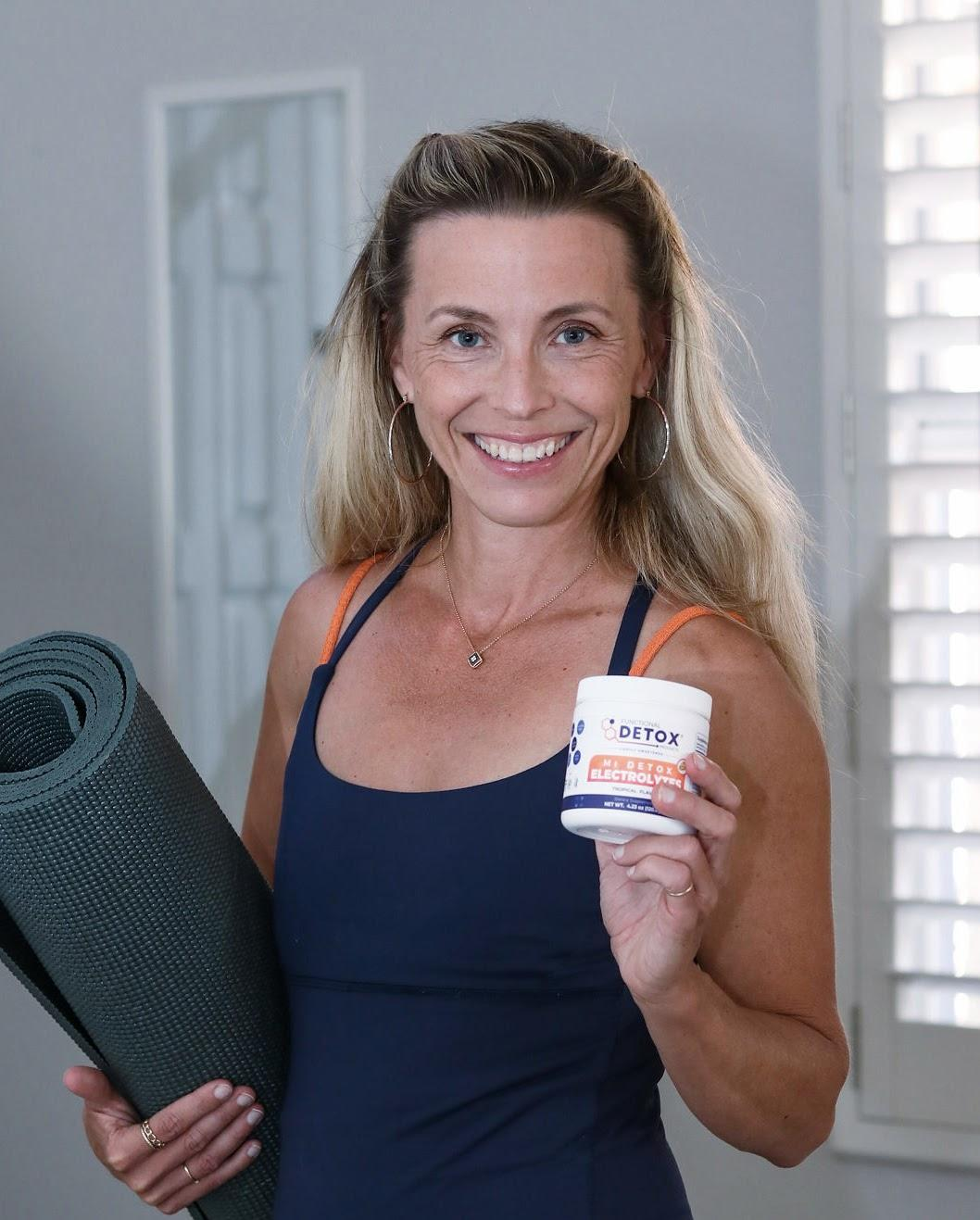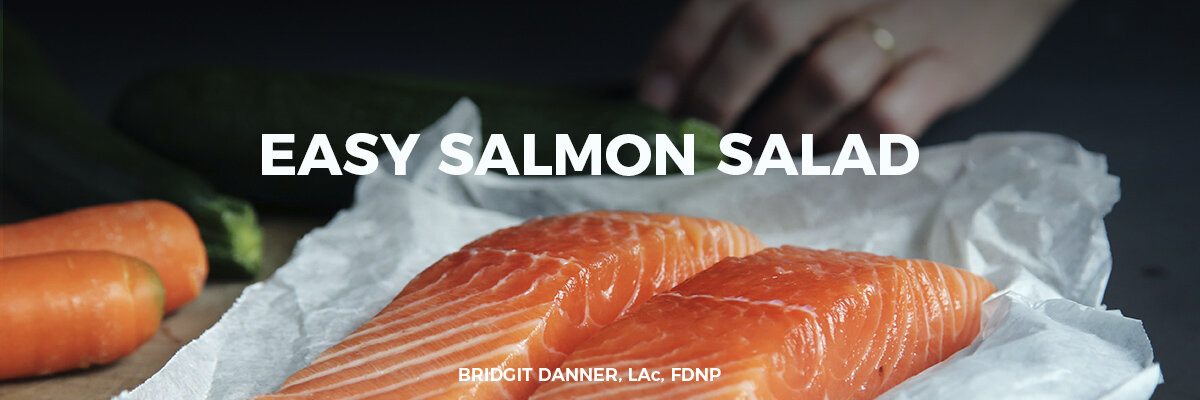After studying up on glutathione and CoQ10, I became very intrigued by the power of antioxidants and wanted to learn more. Surprisingly, I didn’t find many resources out there, but I did find a fantastic book by Dr. Lester Packer and Carol Colman.
The book, The Antioxidant Miracle: Put Lipoic Acid, CoQ10, Pycnogenol, and Vitamins E and C to Work for You, was published in 1999 but I have found that much of the information therein is not widely known.
In this blog, I’m going to summarize a few interesting points from that book.
What Are Antioxidants?
Most people know that antioxidants are good for you and they are in blueberries, and that’s about it.
But antioxidants actually come in many forms and do a really important job, especially when it comes to detoxification and anti-aging.
An anti-oxidant fights against oxidative damage that can be brought on by free radicals. Free radicals are produced naturally in the body through certain processes, so some amount is normal. Your body also naturally produces some antioxidants, and others come from food.
This is all well and good until there are too many free radicals or too few antioxidants. Then oxidative damage can and will occur.
Let’s break this down a little more:
Free Radicals
A free radical is a chemical species capable of independent existence with one or more unpaired electrons, thus rendering it unstable and needing to right itself. It may have lost an electron in a normal physiological process in the body, or from toxic exposure. (source)
If an antioxidant does come along to stabilize it, it can steal an electron from your tissue or even DNA, thus causing damage.
Some free radicals are reactive oxygen species (ROS)-reactive chemicals containing oxygen. ROS are normal by-products of oxygen processing and play a signaling role in the body. However, uncontrolled ROS can cause cellular damage. (source)
“A free radical can be defined as any molecular species capable of independent existence that contains an unpaired electron in an atomic orbital. The presence of an unpaired electron results in certain common properties that are shared by most radicals. Many radicals are unstable and highly reactive. They can either donate an electron to or accept an electron from other molecules, therefore behaving as oxidants or reductants.
The most important oxygen-containing free radicals in many disease states are hydroxyl radical, superoxide anion radical, hydrogen peroxide, oxygen singlet, hypochlorite, nitric oxide radical, and peroxynitrite radical. These are highly reactive species, capable in the nucleus, and in the membranes of cells of damaging biologically relevant molecules such as DNA, proteins, carbohydrates, and lipids.
Free radicals attack important macromolecules leading to cell damage and homeostatic disruption. Targets of free radicals include all kinds of molecules in the body. Among them, lipids, nucleic acids, and proteins are the major targets.”
Lobo, V et al. “Free radicals, antioxidants and functional foods: Impact on human health.” Pharmacognosy reviews vol. 4,8 (2010): 118-26. doi:10.4103/0973-7847.70902 (source)
Oxidative Damage Signs & Symptoms
Oxidative stress is damage to the body as a result of uncontrolled free radicals. Short-term oxidative stress can occur from strenuous exercise, trauma or infection.
Oxidative damage is associated with many diseases, including: (source)
Diabetes
Cancer
Heart disease
Parkinson’s disease
Alzheimer’s disease
If you have been diagnosed as pre-diabetic, or with high blood pressure, take note. These are warning bells. Other signs and symptoms could be:
Decline of mental focus or ability
Loss of sense of taste
Poor recovery from exercise
Skin rapidly aging
Beyond normal free radical production in the body, there are other factors that really ramp up free radical creation, including:
UV damage
Smoking
Excess exercise (Ironman type training)
Environmental pollutants
Toxic mold
Radiation
Antioxidants
Yes, your body will naturally produce some amount of free radicals, and yes, endogenous antioxidant production will decline with age, but this is something you can do about it!
An antioxidant is a free radical-scavenging molecule stable capable of donating an electron to a rampaging free radical and neutralize it, thus reducing its capacity to damage.
“Antioxidants act as radical scavenger, hydrogen donor, electron donor, peroxide decomposer, singlet oxygen quencher, enzyme inhibitor, synergist, and metal-chelating agents. Both enzymatic and nonenzymatic antioxidants exist in the intracellular and extracellular environment to detoxify ROS.” (source)
Your Antioxidants Support Each Other in a Network
Getting back to the inspiration for this blog, The Antioxidant Miracle, some antioxidants work together in a supportive network. So instead of thinking of a like basic math:
Free radical + antioxidant = end of story
Think of it more like a football team…or a symphony, depending on your hobbies!
Let’s Meet the Network: Lipoic Acid, CoEzyme Q10, Vitamin E, C & Glutathione
Alpha Lipoic Acid (ALA)
A fatty acid that helps turn sugars into energy, and works as an antioxidant
Made by the body, and found in small amounts in potato, red meat and spinach
Production declines with age
Lipoic acid boosts all the other network antioxidants & recycle itself
Beneficial for blood sugar management and neuropathy
Breaks down sugar for ATP energy production
Discovered in 1937, recognized as an antioxidant in 1989
An effective way to boost glutathione levels
Helps prevent cataracts
Good for heart health
Benefits immunity
Prevents brain aging (source)
2. Vitamin E
Benefits the brain, skin and heart
Benefits arthritis and inflammation
Helps prevent prostate, lung and breast cancers
Found in foods such as nuts, barley and leafy greens
Identified in 1922
Found in 1954 to prevent oxidation of fats in our body, related to heart disease
Speak to your doctor about use if you have heart disease
Good for immunity, vision,& exercise recovery
Can cross-cell membranes
Is transported by lipoproteins
Comes in a few supplement forms
3. Vitamin C
Protects DNA of cells and sperm
Regenerates vitamin E
Works with vitamin E to prevent heart disease
Essential for collagen production
Immune-supportive
Cancer-protective
Depleted by strenuous exercise
Humans and only 4 other animals don’t produce their own vitamin C!
Beneficial in diabetes and cataracts
Here’s a cool factoid from The Antioxidant Miracle,
“Since the oxided form of vitamin C is almost identical to glucose, it gets a free ride on the glucose express and is also rapidly taken into the cells. Within the cells, oxidized vitamin C is recycled into antioxidant vitamin C and is returned to the plasma to protect proteins and lipoproteins.”
4. CoQ10
Recycles vitamin E
Rejuvenates brain cells
Made by the body; production declines with age
Negatively affected by toxins
Quenches free radicals made in energy production
Protects lipids from free radical damage
Protects skin from UV radiation along with other antioxidants
Energizes the heart
Is depleted by statin drugs
Benefits gum disease
Benefits blood sugar handling- monitor any diabetes medications
5. Glutathione
The most abundant water-soluble antioxidant in the body
Recycles vitamin C
Detoxifies pollutants; supports the liver
Supports immunity
Supports protein synthesis
Can reduce chronic inflammation
Depleted by strenuous exercise and alcohol consumption
Benefits longevity
Stock Up!
I’m pleased to announce we have a growing collection of antioxidants for you! To help you test them out, we are offering a one-time use code for $15 off your order. We always offer a 30-day refund policy and we offer free shipping with a certain cart value.
Mi Detox Electrolytes (with vitamin C, blackberry powder, and more)
Glutathione Synergy (with a glutathione precursor + a special glutathione compound)
Mi CoQ10 (very popular in our community)
Broccoli Sprout and Seed (a phytochemical-rich detox superfood)
Hi-Potency Multivitamin (with C and E)
Ultimate Antioxidant Synergy (with polyphenols and vit E)
Find the products here: https://functionaldetoxproducts.com/antioxidants
And you can use this coupon code to try any or all of them one time! Coupon code: ANTIOX15
Bridgit Danner, LAc, FDNP, is an acupuncturist turned functional health coach and has worked with thousands of clients since 2004.
She is the founder of FunctionalDetoxProducts.com and the author of The Ultimate Guide to Toxic Mold Recovery: Take Back Your Home Health & Life, available in audiobook, Kindle and paperback on Amazon.












Constipation is a common symptom in modern life, affecting up to 27% of the population, and it's common after toxic mold exposure. Coach Micki says she sees in about 90% of the time on our clients! If you are not dealing with constipation as a symptom, you may have loose stool or nausea. But why is this happening?